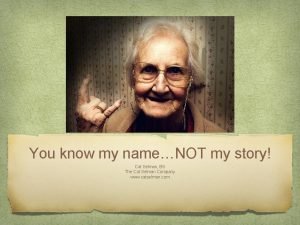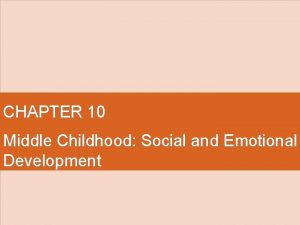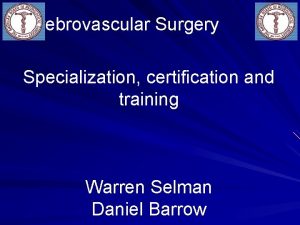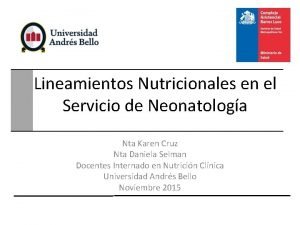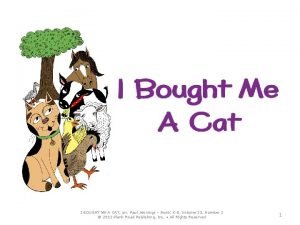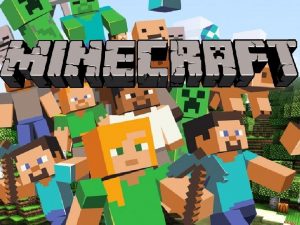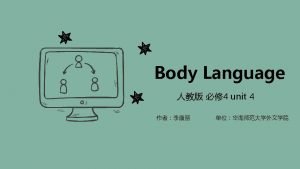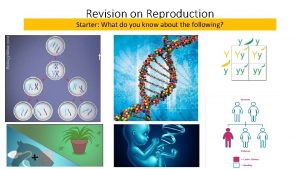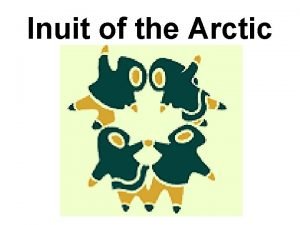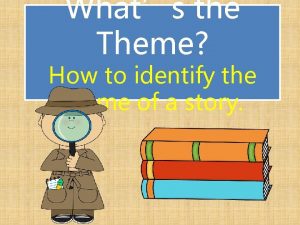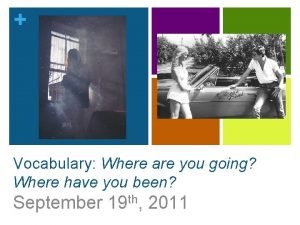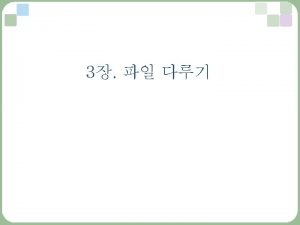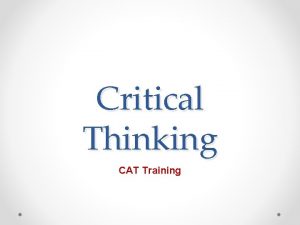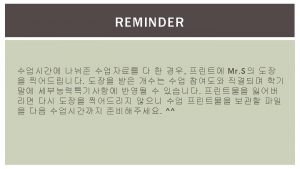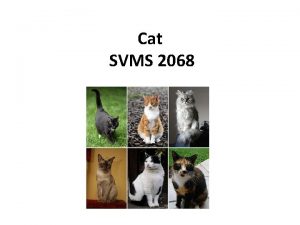You know my nameNOT my story Cat Selman




























- Slides: 28

You know my name…NOT my story! Cat Selman, BS The Cat Selman Company www. catselman. com

“Everyone has a story”. We find out more about our residents from their obituaries than we know while they are living with us! So why should we wait for them to die to get this information?

They want to be remembered as a person…not just as an old person, or a nursing home resident.

Why tell stories? Nothing beats a good story! It claims our attention, it connects us, and it compels us to action! A good story is about living beings – not statistics, facts or situations. Show the resident in such an individualized manner that the reader will realize they can have an impact on at least one person.

Why tell stories? Much of human life is recounted through stories. Stories can provide insight into self, role, vision, goals and values, as well as educate others, record historical facts, teach cultural values, bridge generations, set standards and values and share common experiences.

Why tell stories? Storytellers have always been imparters of “meaning. ” One of the responsibilities of a storyteller is to provide meaning for others. ] So…you give the gift of meaning.

Where do I begin? You don’t have to start at the beginning. Start at whatever point the resident would like to begin. Make a memory list with the resident.

Where do I begin? “When I sat next to my lady…I knew nothing about her. And you know, we had all those questions to try and get information, but none of that worked at all…So I just sat and had a chat with her. We talked about knitting and we talked about her beads, and then things started to come out. ”

Where do I begin? Ignore the mundane. Concentrate on the “special” ✓Is exciting, magical, extraordinary ✓Inspires ✓Is you full of surprises ✓Makes you want to laugh, cry, or both you want to meet this person, to learn more about him/her don’t have to start at the beginning.

Where do I begin? Do some research Connect with the person and the story Ask interesting questions Follow your “nose” Record the interview, if allowed Make up a good “title” for your story

The most important thing of all If you write a really good story, a magical thing will happen. Your reader will have strong feelings for the person you are writing about. The reader will sympathize with his predicament, applaud his successes, regret his failures, and feel the same emotions, the fear, the elation, the sadness.

How do you get the resident started? Make your intentions clear “Why do you want to know? ” Just want to listen? Bonding thing? Curious? Be honest! Choose the right time to talk with the resident. Find the right place to talk You might not even have to ask questions. They may just give you information as you are “visiting. ” Think of reasons that someone would want to share their life story.

Step 1: Who do you think you are? Introduce the person Name, where did you live? Details about your family Hobbies Hopes and fears How you spend your time Your favorite things Remember, the readers care not just about your life, but about when and where you lived your life…

Step 2: Using the Power of Memory Do you remember when…. ? Recall your earliest memory, or at least a memory from their early years which made an impact on them (such as an annual event like birthdays or Christmas, the birth of siblings, first day at school, favorite toys, or pets) Write down as many details as can be remembered Cut out the “boring” parts… Start the story at a time when everything changed…it does not necessarily have to begin at birth

Step 3: Ways to tell “the story”…. Breaking down a life by specific time spans Where were you when…? Remembering where you were when significant events happened. You’ve Got a First…Recalling your first time for a particular kind of event

Step 4: The ending… “Lessons for life. ” Favorite sayings… Messages for future generations (family members) Imagining what someone might say about you at your funeral

People do not consist of memory alone. They have feeling, will, sensibility, moral being. It is here that you may touch them, and see a profound change. - Soviet neuropsychologist Alexander Luria

Benefits of Reminiscence Mood can be improved and positive moods maintained Self-esteem and life satisfaction can be supported and improved Reminiscing about previous positive experiences is a pleasant activity that is associated with a positive mood Providing a structure or framework for reminiscence enhances the outcome Reminiscence experiences are vivid and rich with sensory detail, and have the effect of making the previous experience seem immediate again The social context of reminiscence is an important variable in terms of both the particular social circumstances of the individual and the social setting of the reminiscence intervention

Implications of Research Structure is important, especially with individuals who have cognitive deficits. Recreational or story-telling reminiscence is associated with the most positive outcomes. Reminiscing is influenced by the social setting. The most successful outcomes with reminiscence use an integrated approach.

Types of Reminiscence Life Review Reminiscence Is necessary to accomplish the primary life task of the aged, to sum up, to resolve the crisis of ego integrity versus despair. In life review, older individuals re-examine and re -evaluate their life experiences. This process enables the individual to put successes, failures, and experiences in perspective.

Types of Reminiscence Simple Reminiscence – recalling past experiences Informative Reminiscence – recalling the past in order to give others important information Story-telling Reminiscence - for personal pleasure and history Defensive Reminiscence – is characterized by a glorification of the past and indicates an unhealthy adjustment to the present Obsessive Reminiscence – preoccupation with past events that is not adaptive

Unhappy Memories The focus of reminiscence is not to encourage discussion and struggle with negative past experiences. HOWEVER, it is inevitable for sad memories to surface. It is very important to listen attentively and empathize with the sad feelings, just as we would with happy feelings. Do not be afraid of tears and sadness; they are an expression of a healthy human emotion.

Using Props and Cues for Reminiscence Lead-in Questions Does this look familiar to you? What do you like best about _______? What do you remember about _______? Where do you remember seeing this before? How would you use this? Have you ever ____? What do you think of _______? What is your favorite _______?

Establishing Goals Provide pleasurable experiences through recalling and re-experiencing positive events of the past Enhance self-esteem through recalling previous accomplishments and competencies Enable the expression of emotions associated with previous life experiences Assist individuals to identify positive aspects of negative or difficult experiences Decrease the sense of isolation by enabling and encouraging mutually supportive behavior among peers Assist to maintain cognitive functioning through stimulating long-term memories

Establishing Goals Provide reassuring orienting information through connecting memories and themes to present-day events Develop empathy between the group leader and the participants through the leader’s enriched understanding of the participants’ life histories Provide opportunities for the involvement of significant others (e. g. , in providing memorabilia and information and in doing one-to-one projects) Encourage socialization Provide opportunities for direct-care staff to learn about the life stories and accomplishments of residents

Resources “Therapeutic Activities with Persons Disabled by Alzheimer’s Disease and Related Disorders, ” Bowlby, Carol, BA, BSc. OT, ODH; Aspen Publishers; Gaithersburg, MD; 1992.

Contact Information Cat Selman, BS www. catselman. com thecatselman@gmail. com 601. 497. 9837 Please like and follow Cat: @The. Cat. Selman. Company @catselman thecatselman

Contact Information: Cat Selman, BS www. catselman. com thecatselman@gmail. com 601. 497. 9837 Please like and follow Cat: @The. Cat. Selman. Company @catselman thecatselman
 Cat selman
Cat selman Cat 1 cat 2 cat 3 aviation
Cat 1 cat 2 cat 3 aviation Cat 3 ils
Cat 3 ils Selman amicizia
Selman amicizia Friendship relationship chapter 7
Friendship relationship chapter 7 Middle childhood definition
Middle childhood definition Warren selman
Warren selman Cs 2800
Cs 2800 Pam crooke
Pam crooke Daniela selman
Daniela selman Bart selman rate my prof
Bart selman rate my prof Bozkr
Bozkr Adson testi nedir
Adson testi nedir Know history know self
Know history know self Normalizing flow
Normalizing flow Nothing formed against me shall stand song
Nothing formed against me shall stand song I bought me a cat
I bought me a cat Fun facts about minecraft
Fun facts about minecraft Hapi nod
Hapi nod Personification in the raven
Personification in the raven If you're blue and you don't know where to go
If you're blue and you don't know where to go Asexual symptoms
Asexual symptoms Do you know who you are
Do you know who you are Will follow you wherever you ...........................
Will follow you wherever you ........................... Rascal flatts my wish for you
Rascal flatts my wish for you Whats a theme
Whats a theme The black cat resumen en español
The black cat resumen en español Cat and mouse short story
Cat and mouse short story Where are you going where have you been true story
Where are you going where have you been true story
